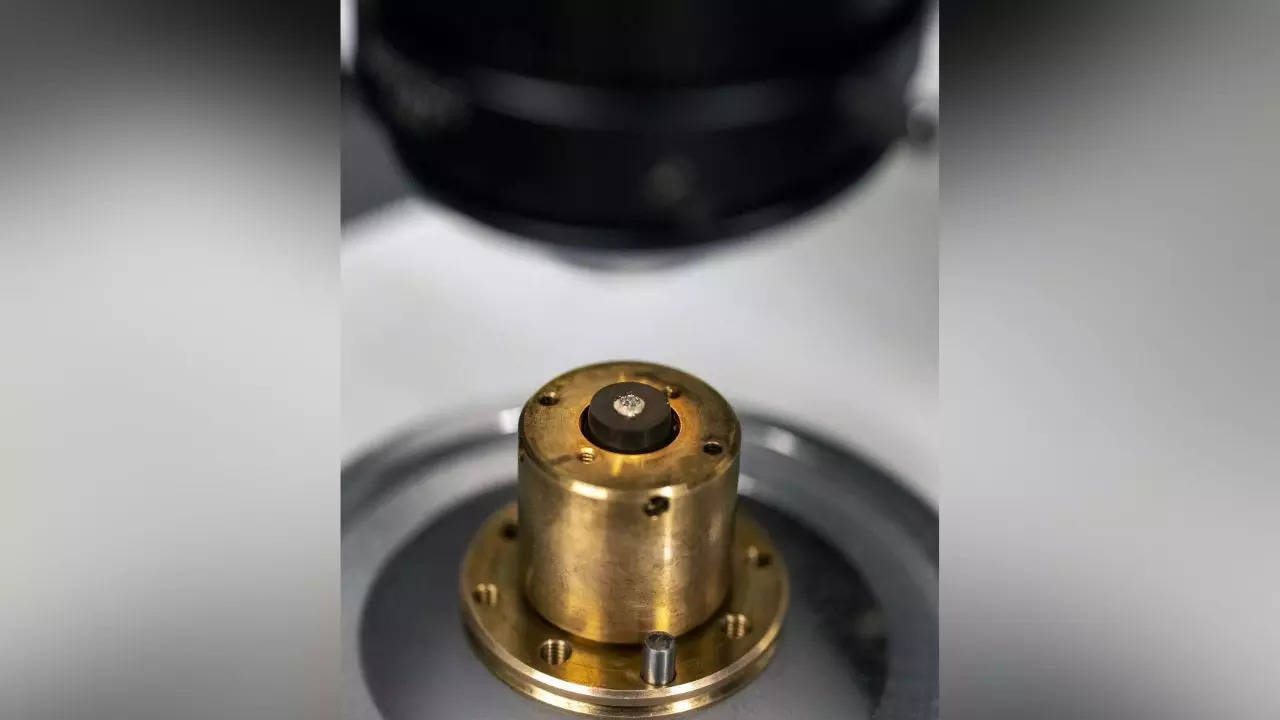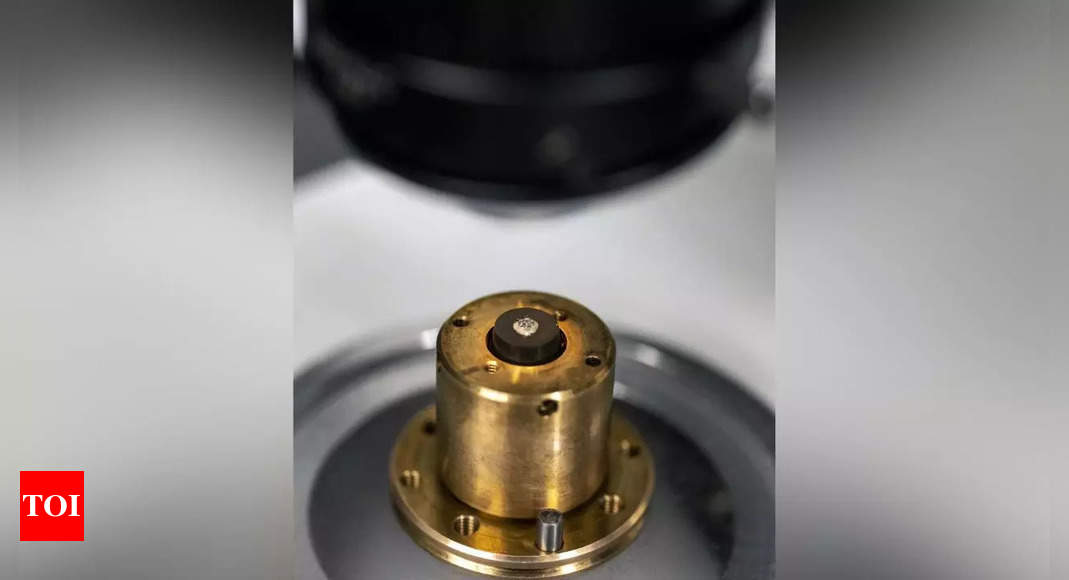
A team of 11 scientists reported in March in the journal Nature that they had discovered a room-temperature superconductor. Eight of those scientists have now asked Nature to retract their paper. That pits them against the man who led the research: Ranga P. Dias, a professor of mechanical engineering and physics at the University of Rochester in New York. In the past few years, Dias has made several extraordinary scientific claims, but he has also been embroiled in a series of allegations of scientific misconduct.
The retraction request will add to the scrutiny of Dias and Unearthly Materials, a company that Dias founded to turn the superconductivity discoveries into commercial products. Unearthly Materials has raised $16.5 million so far.
It also raises questions about how editors at Nature, one of the most prestigious journals in the scientific world, vet submissions and decide which are worthy of publication. Nature had already published and retracted a previous paper from Dias’ group describing a different purported superconductor.
Superconductors are materials that can conduct electricity without any electrical resistance, and one that works in everyday conditions could have a range of revolutionary use cases. Superconductors discovered to date require ultracold temperatures.
In the Nature paper, Dias and his co-authors described how lutetium hydride – a material made of lutetium, a silvery-white metal, and hydrogen – gained new electronic properties when a tiny bit of nitrogen was added. When squeezed to a pressure of 145,000 pounds per square inch, the material not only changed colour, from blue to red, but also turned into a superconductor, effortlessly carrying electricity at temperatures as warm as 70 degrees Fahrenheit, the scientists said in the Nature paper.
The retraction request will add to the scrutiny of Dias and Unearthly Materials, a company that Dias founded to turn the superconductivity discoveries into commercial products. Unearthly Materials has raised $16.5 million so far.
It also raises questions about how editors at Nature, one of the most prestigious journals in the scientific world, vet submissions and decide which are worthy of publication. Nature had already published and retracted a previous paper from Dias’ group describing a different purported superconductor.
Superconductors are materials that can conduct electricity without any electrical resistance, and one that works in everyday conditions could have a range of revolutionary use cases. Superconductors discovered to date require ultracold temperatures.
In the Nature paper, Dias and his co-authors described how lutetium hydride – a material made of lutetium, a silvery-white metal, and hydrogen – gained new electronic properties when a tiny bit of nitrogen was added. When squeezed to a pressure of 145,000 pounds per square inch, the material not only changed colour, from blue to red, but also turned into a superconductor, effortlessly carrying electricity at temperatures as warm as 70 degrees Fahrenheit, the scientists said in the Nature paper.
Source link

